Fire🔥
- Fire is a state of combustion in which fuels burn to produce heat, often flame and smoke.
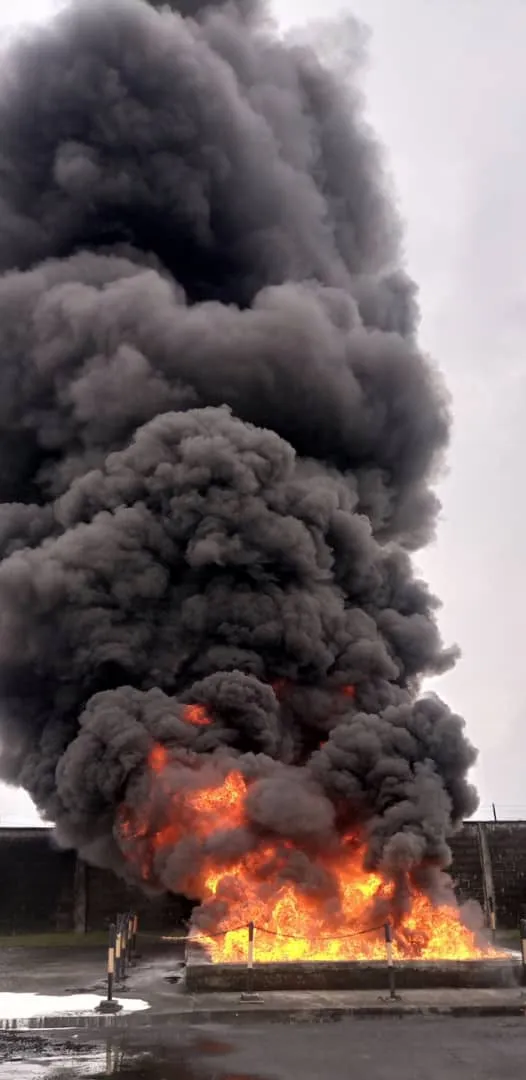
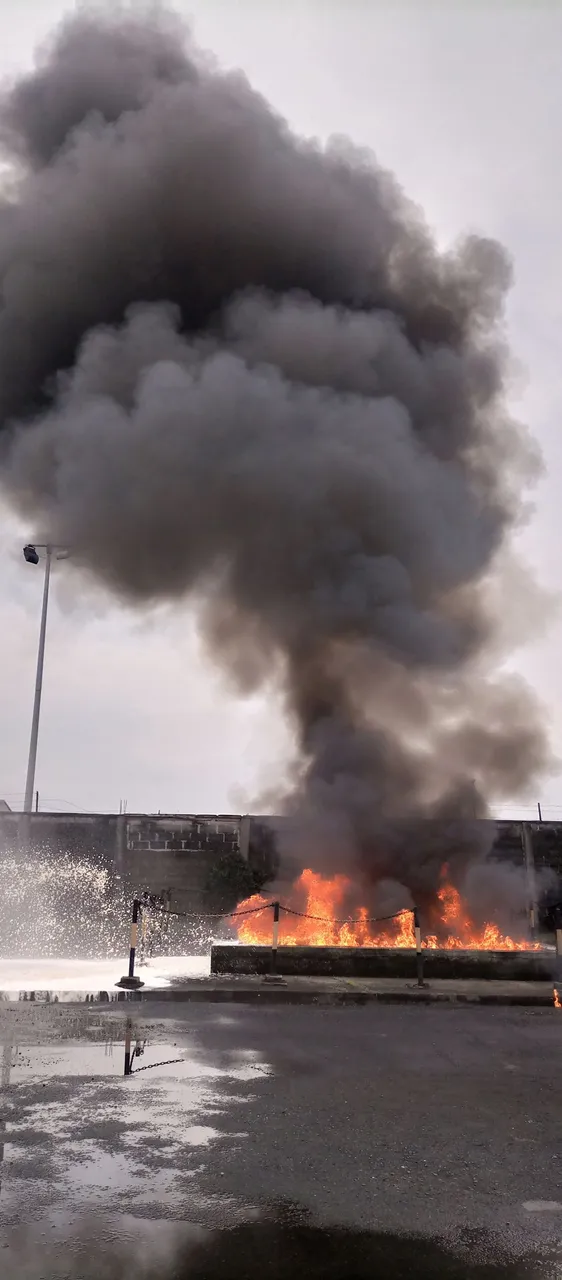
- An interaction between oxygen, fuel and heat in the right proportion which in the production of flame, heat and smoke.
Fire hazards are.
Fuel
Heat
Oxygen.
Fuel exist in three states: solid, liquid and gaseous states.
For any Fuel to burn it makes a transition from it's solid or liquid state to its gaseous or vapour phase.
Nitrogen is an innate gas ⛽ and innate gases don't burn.
Hence liquid burn more easily the solid.
Heat
A form of energy that travels from one body to another and the direction of travel is determined by the difference in temperature.
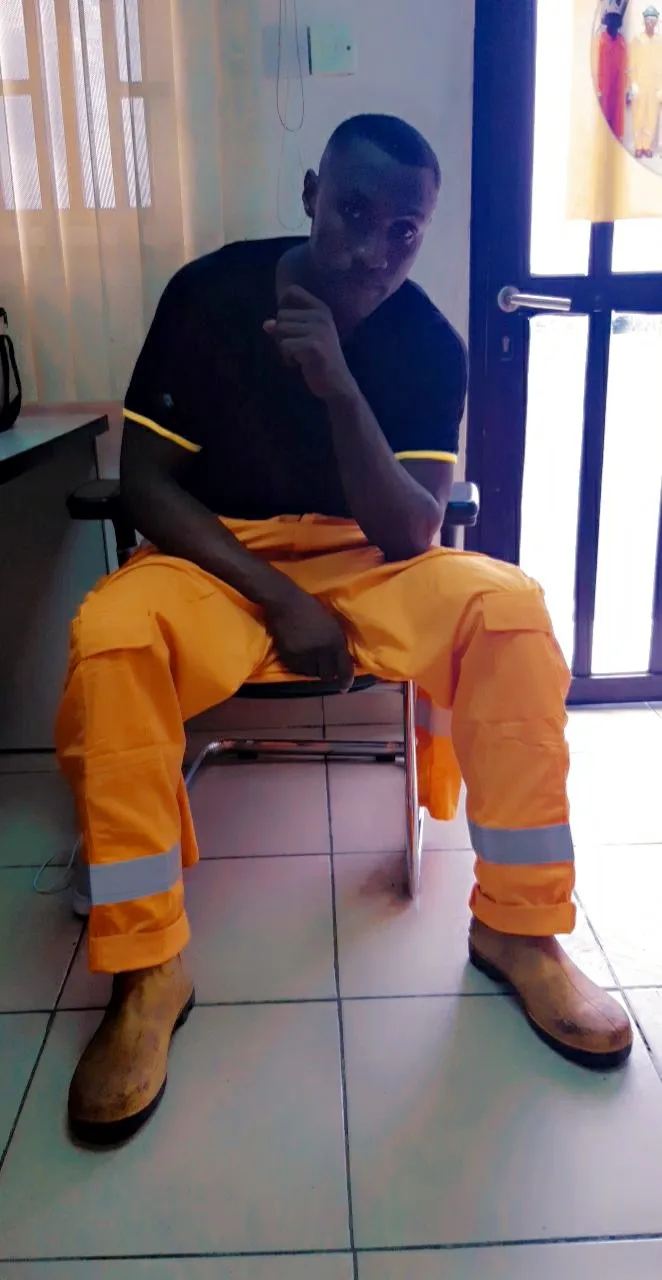
Temperature is the degree of hotness 🔥 or coldness of a body or environment.
Air oxygen
Oxygen constitutes 21% of the air, while nitrogen makes about 78% and other trace gases such a argon and water vapour depending on the location constitutes 1%.
For combustion to occur about 14% - 16% of oxygen is needed .👌
Fire fighter
fire fighter is someone that has been trained extensively for rescue.
Role of a fire fighter
Fire fighter helps protect the public from fire.
Fire fighters help the government to achieve their goals, protection of life's and properties.
Fire fighters carry out safety campaign.
Support other fire team in mutual aid.
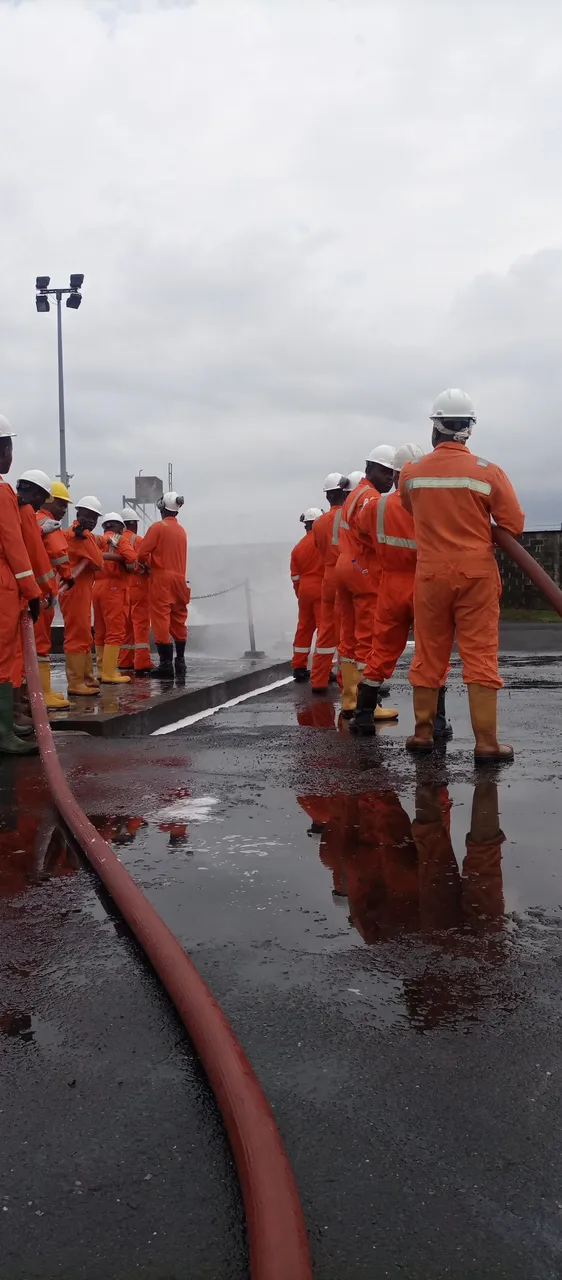

What makes a fire fighter great.
Team player
Effective communication
Adaptability
Compassion
Situational awareness
Honour
Accountability
Respect.
Fire fighter code of ethics.
Always conduct yourself on and off duty, in a manner that reflects positively on yourself, your department and the fire service in general.
Accept responsibility for your actions and the consequences of your actions.
Support the concept of fairness and the value of diverse thought and opinions.
Keys to prevent fire
Awareness
Routine equipment checks
Tomographic test
Fire process safety review.
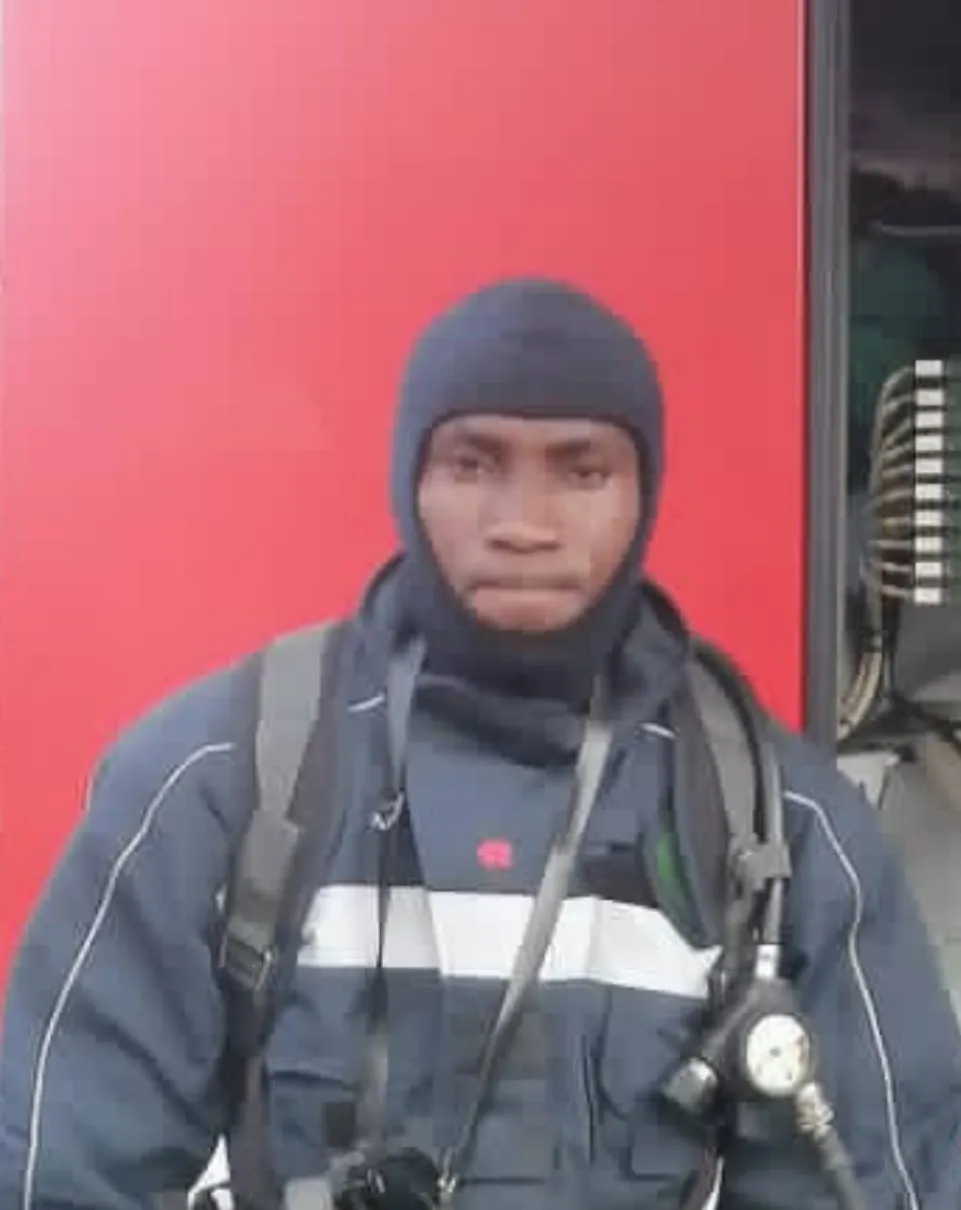
Keys to fire protection.
Ensure you have the right equipment.
Maintain hardware barriers
Participate in review of project.
Note this.
When working on vessels do not perform any hot work until the vessel have been confirmed that there is no trap gas.